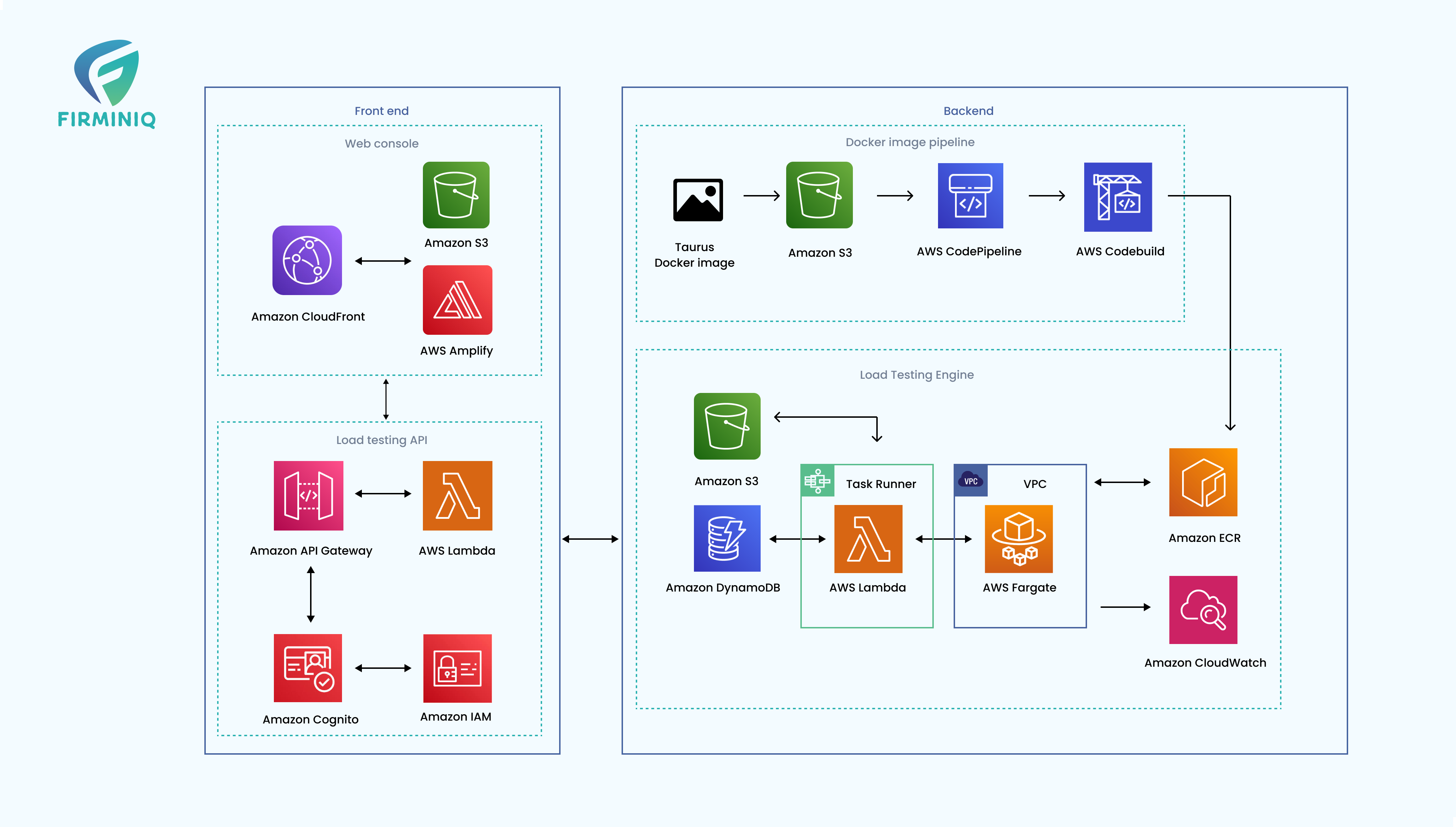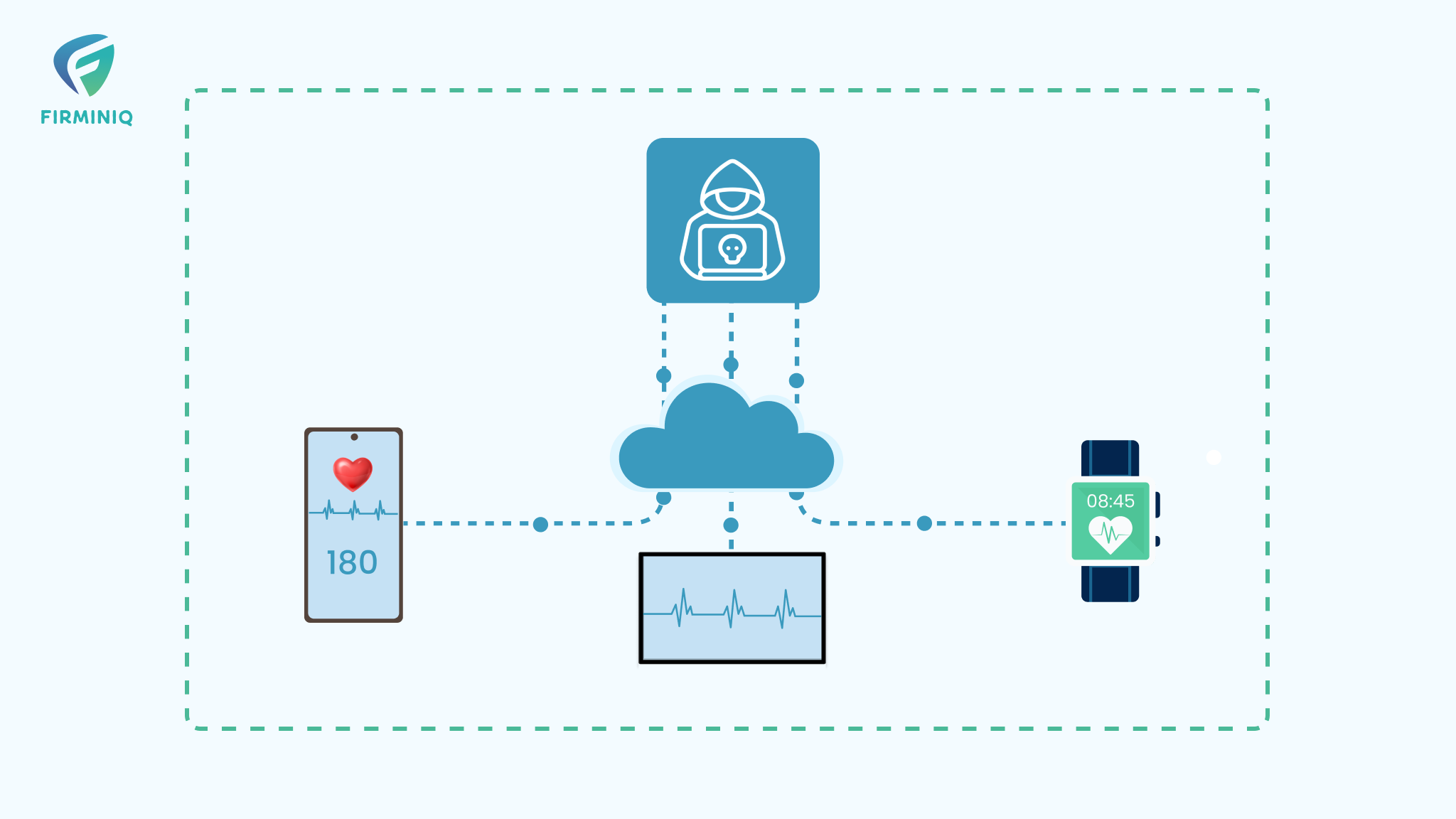Chronic diseases including heart, diabetes, cancer is one of the primary causes for the death and disability in the United States. Not only in the US, but the number has been rising over the entire nation. Report from CDC depicts that 90% of the nation’s $4.1 trillion in annual healthcare expenditures are for people with chronic and mental health conditions.
Thanks to remote patient monitoring, one emerging solution is helping healthcare providers and patients monitor both acute and chronically ill patients. Combining innovative technology with an approach of proactively monitoring patients, RPM allows providers to review and analyze patient conditions and receive actionable vitals to treat patients, enabling comprehensive care.
The American Health Association (AHA) recognizes that “RPM serves as a vital conduit for improving hypertension control and reducing the economic burden that stems from the costly hospitalizations and events related to hypertension”
Remote healthcare covers everything from monitoring chronic diseases to ill patients, acute diseases and more. Let us throw some light on how RPM plays its role for the patients to manage their chronic conditions.
Why Does RPM Matters for Monitoring the Chronic Diseases?
Remote patient monitoring extends the technology usage that transmits data from the patients to the clinician for intervention. The patients have medical devices that measure their vitals and send it to their physician in real-time. Therefore, implementing RPM to manage chronic conditions is one of the most ideal solutions, and here is how it helps
1. Offers Real-Time Patient Monitoring
With robust and advanced technology to monitor patients’ vital signs in real-time time, RPM can continuously help physicians and patients track their health status and know if there are any abnormalities. RPM synchronizes the wearable and other devices that transmit the data to secure cloud-based platforms while allowing providers to access it in real-time.
Real-time patient monitoring proves to be most beneficial for chronic illness and conditions, especially for patients who need close monitoring. Healthcare providers can seamlessly deliver value by helping with early sign detection and preventing serious health problems. It also helps reduce the hospital readmission rates and offers and improved patient care outcomes.
For example, when a patient is in intensive care unit (ICU), you can connect it to the monitoring devices that tracks down their heart rate, blood sugar levels, oxygen saturation and other conditions. This data is directly sent to the physician or care provider, who identifies the potential risks with timely interventions.
2. Early Problem and Symptom Detection
Problems, and symptom detection are vital for prompt intervention and preventing unnecessary complications. Remote patient monitoring can help know the patient’s vital signs in real-time time and know the patient’s condition no matter where they are. Whether it is tracking their blood pressure, heart rate, or oxygen saturation levels, RPM oversees metrics, detects any changes in the parameters without having to wait for any red flag like an emergency.
Also, there are instruments that trigger the alarm of the patients or the caregivers, so when the normal readings exceed the threshold, they must visit clinicians. These integrated systems help intervene in the problems before time, change the physician’s strategy for treatment and help patients with their chronic conditions.
Say for example, if a patient has severe diabetic condition, remote patient monitoring helps track patient’s glucose levels and alert healthcare providers if there are any changes in the blood sugar levels. This will help physicians detect early signs if there are any complications, including hypoglycemia or hyperglycemia.
3. Care Integrator and Progress Tracker
Remote patient monitoring offers integration of care via data exchange and communication and mitigates any risk and complications during any severity. Remote patient monitoring connects carers to the patients, service providers, creating a web where there is a collaboration that improves the health of a person with chronic conditions.
RPM promotes self-care and self-monitoring with the data offered to the patients in summary. As the patients can receive daily information, support, that offers recommendations and help manage chronic conditions.
4. Few Hospitalizations and Emergency Visits
If RPM supports patients in maintaining normal values for measurements such as blood sugar or blood pressure, the risk of serious and expensive emergency situations decreases.
Chronic diseases have significant health and economic costs in the United States. Yes, it costs the United States more than $3 trillion every year- According to Centers for Disease Control and Prevention. Improved chronic disease management can help prevent hospital readmissions, hospitalizations, and emergencies. When the RPM is implemented efficiently, it also helps prevent chronic diseases, manages symptoms, and leads to prevention where possible.
Some of the Vital Use Cases of Chronic Illness where RPM Plays Crucial Role
1. Diabetes
Diabetes is one of the most prevalent chronic illnesses that can be controlled with the right remote patient monitoring solutions. As per CDC 26% of the elderly adult population aged 65 and older live with diabetes both diagnosed and undiagnosed.
Individuals with diabetes have poor control over the disease if the treatment plans are poor, there is no collaboration with the doctors, and more. With RPM physicians can track and address the patient’s blood sugar levels with timely interventions.
‘’Remote patient monitoring platform managed by a pharmacist helped to improve outcomes for patients living with type 2 diabetes, according to a study out of the St. Joseph’s/Candler (SJ/C) health system in Savannah, Georgia.’’- mHealth Intelligence
2. Hypertension
Remote patient monitoring helps efficiently predict and prevent any symptoms of cardio events related to higher blood pressure. RPM offers real-time blood pressure monitoring and combats all the barriers that could lead to cardiovascular attacks. When the patients are aware of their conditions, they can alter their lifestyle and make changes accordingly.
In the United States blood pressure is one of the major causes for the health concerns and has a higher risk factor for heart attack, strokes, cardiovascular and other issues.
A paper published in 2018, showed almost 81% of the hypertension patients who were enrolled in home-based BP monitoring program achieved their goal in around seven weeks. Another revealed that RPM program combined with BP monitoring helped patients maintain their conditions even during the pandemic. – National Library of Medicine
Here is one of our case studies where we helped our client to develop a connected health mobile app solution with their “Going for Zero” mission to eliminate heart attack and stroke.
The client wanted to build a mobile app for users to manage their heart health from anywhere using their smart mobile phones. The solution would connect with multiple home monitoring medical devices to deliver patterns and health indicators plotted against graphs and charts eliminating heart strokes. Read more
3. Cancer
Remote 24-hour monitoring for cancer patients receiving chemotherapy helps to better manage side effects and improve quality of life, finds a study published by The BMJ today.
RPM allows cancer patients to monitor their symptoms, record vitals in real-time, and efficiently communicate with the physician for more proactive care. It benefits the patients and providers, manage symptom exacerbations as compared to traditional healthcare models.
Chronic Condition Management for Different Stakeholders
1. For the Patients
Chronic condition management allows patients to take a more active role in managing their health. Through vital, education and support, patients can learn how to better manage their condition, including managing symptoms, adhering to medication regimens, and making lifestyle changes to improve their overall health. By improving their health outcomes and quality of life, patients can also reduce healthcare costs associated with managing their condition.
2. Healthcare providers
For healthcare providers, managing chronic conditions helps them deliver effective and patient-centric care. Monitoring the patient’s conditions consistently identifies issues early and intervenes before they become more severe, leading to better health outcomes for patients.
Winding up!
The landscape of healthcare has been ever evolving. And remote patient monitoring is one of the most effective tools that facilitates more patient engagement and helps manage their chronic illnesses.
It offers an opportunity to bring and treat a variety of chronic disorders. With easy-to-use connected and portable devices, patients can be treated efficiently and unavoidable costs on the treatment are eliminated.
Are you looking forward to adopting remote patient monitoring at your clinic? Reach out to us and know how we can help!






